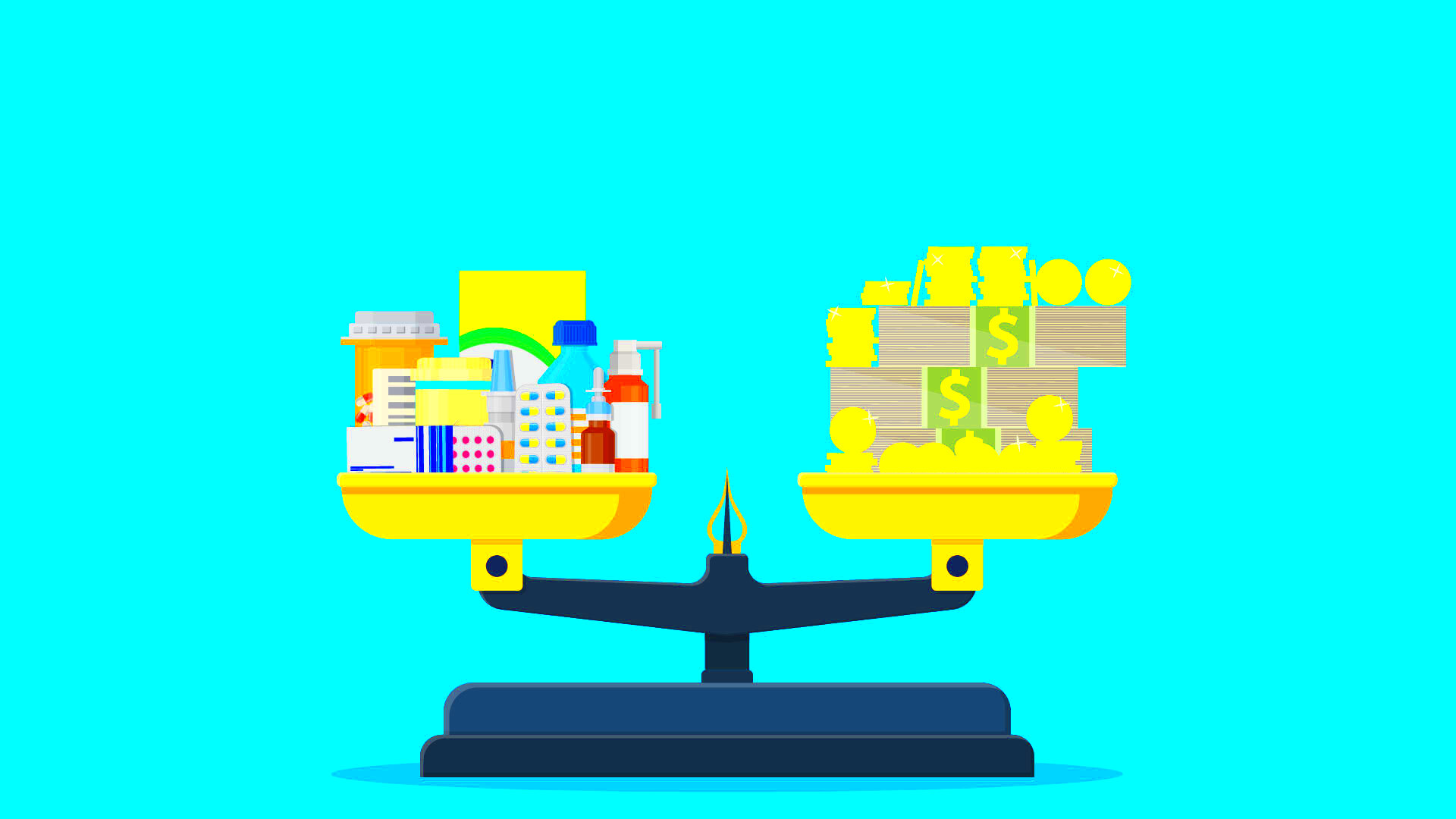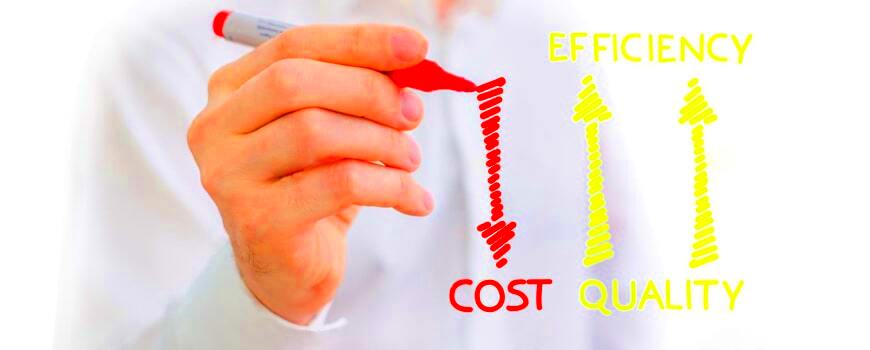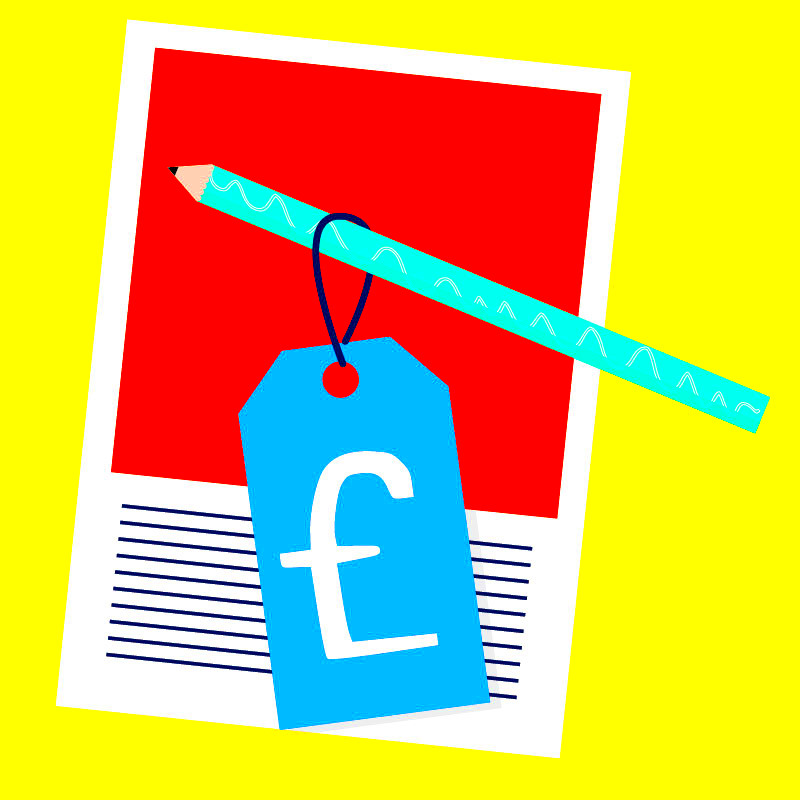When you're looking to use stock images for your projects, understanding the cost is essential. It helps you plan your budget, choose the right images, and ensure you're getting value for your money. Stock image costs can vary widely, depending on several factors such as image quality, licensing options, and where you purchase them. By understanding how
Factors That Affect Image Pricing

The cost of stock images depends on a variety of factors. Here’s a closer look at the main elements that determine how much you’ll pay:
- Resolution and Quality: High-resolution images tend to cost more because they offer greater detail and can be used for larger prints. The higher the quality, the higher the price tag.
- Licensing: Different licenses come with different costs. For example, a Royalty-Free image is often more affordable than a Rights-Managed image, which restricts usage and may come with additional fees.
- Exclusivity: Exclusive rights to an image, meaning no one else can use it, can drive up the price. Exclusive images are typically sold at a premium.
- Image Usage: If you're using the image for commercial purposes (e.g., in ads or on a website), it may cost more than if it’s being used for personal or editorial purposes.
- Stock Agency: Different stock photo websites have their own pricing structures. Well-known agencies may charge more due to their larger collections and higher-quality offerings.
Understanding these factors will help you choose the right images while keeping your costs in check.
Different Types of Stock Image Licenses

When purchasing stock images, it’s important to know which license applies. The license determines how you can use the image and the rights you’re purchasing. Let’s break down the most common types of stock image licenses:
- Royalty-Free License: With a royalty-free license, you can use the image multiple times without paying additional fees. This is the most common license and is typically the most affordable option. However, you may not have exclusive rights, meaning others can use the same image.
- Rights-Managed License: This type of license offers more control over the image usage. It may limit the number of uses, territories, or time periods in which you can use the image. Rights-managed images are typically more expensive because they offer higher exclusivity and usage restrictions.
- Editorial Use License: Images licensed for editorial use are meant for non-commercial purposes, such as in news articles, blogs, or educational content. These images usually come with restrictions on altering the image and can’t be used for advertising or promotional material.
- Extended License: An extended license allows you to use an image for more purposes than a standard royalty-free license. This could include using the image in merchandise or for print runs of over a certain number. Extended licenses are more expensive but provide greater flexibility.
- Creative Commons License: Some images are offered under Creative Commons licenses, which can be used freely depending on the terms of the license. However, these licenses may require attribution or restrict commercial use.
Each license comes with its own set of rules, so it’s important to understand the specific terms before purchasing to ensure you're using the image appropriately and legally.
Understanding Pricing Models for Stock Images

When buying stock images, it’s important to understand the different pricing models that are available. These models influence how much you pay for an image and can affect your budget in the long run. Knowing which model fits your needs can help you make the most cost-effective choice. There are generally two main pricing models: pay-per-image and subscription-based pricing.
Here’s a breakdown of each model:
- Pay-Per-Image: This is the most straightforward model. You pay for each image you download, and the cost can vary depending on the image resolution and the stock agency. This is a great option for people who only need a few images or occasional use.
- Subscription-Based Pricing: With a subscription, you pay a regular fee (monthly or yearly) to access a set number of downloads per period. Subscriptions can offer significant savings if you need multiple images each month. However, they’re better suited for frequent users, as you must use the credits within the subscription period or lose them.
In addition to these models, stock agencies may offer tiered pricing or credits-based systems, where you purchase credits that can be redeemed for images. Understanding which model works best for your needs can make a big difference in how much you spend on images.
How Image Resolution Impacts Cost
Image resolution plays a crucial role in determining the cost of stock images. The higher the resolution, the more detailed the image will be, and this typically results in a higher price. Let’s explore why this happens and how you can make the right choice for your project.
Resolution is the amount of detail an image holds, and it’s measured in pixels. A higher resolution means more pixels per inch (PPI), which translates to sharper and clearer images. High-resolution images are ideal for large prints, posters, and anything that requires detailed visuals. Here’s how resolution affects pricing:
- Low-Resolution Images: These images are cheaper and suitable for web usage, social media, or small prints. They are faster to load on websites but may appear pixelated if scaled up.
- Medium-Resolution Images: Often used for print publications, brochures, or presentations, these images strike a balance between quality and file size. They cost more than low-resolution images but are versatile.
- High-Resolution Images: These images are typically the most expensive and are ideal for professional print materials, large banners, or high-quality photography projects. They offer the best detail but come with a higher cost.
Choosing the right resolution for your project ensures you’re paying for only what you need. If you're using an image for a website or social media, a lower resolution may suffice, while print materials will require higher resolution for clear, crisp visuals.
Why Exclusive Rights Affect Image Prices
Exclusive rights can significantly increase the price of stock images. When you purchase an image with exclusive rights, you're securing the only copy available for use, meaning no one else can purchase or use the image. This exclusivity gives the buyer more control and ensures their brand stands out, but it comes at a premium.
Let’s break down why exclusive rights matter when pricing stock images:
- Limited Availability: When an image is exclusive, the stock agency or photographer removes it from the market entirely, so no other buyer can access it. This scarcity increases its value.
- Higher Demand: Exclusive images are often in higher demand because they offer the potential for a unique look. Businesses and brands are willing to pay more for something no one else can use, especially if the image is a perfect fit for their campaign.
- Brand Differentiation: Exclusive images help brands stand out. If you use an image that’s exclusive to your brand, it ensures that your competitors can’t use the same visuals, giving you a distinct visual identity.
- Price Premium: Since exclusive rights remove the option for others to use the image, the price typically increases. This can range from a moderate premium to a significant jump in cost, depending on the image and its demand.
For businesses looking to maintain a unique identity or avoid using common stock images, paying for exclusive rights might be worth the investment. However, it's important to consider whether the added cost fits within your budget and if the uniqueness of the image justifies the price.
Tips for Reducing Image Costs
Buying stock images doesn’t have to break the bank. There are several strategies you can use to reduce image costs while still getting high-quality visuals for your projects. Whether you’re working with a tight budget or just looking to save, these tips can help you make smarter purchasing decisions.
Here are some ways to reduce your stock image expenses:
- Consider Subscription Plans: If you need multiple images each month, a subscription plan can save you money. Many stock photo sites offer plans with discounted rates for bulk downloads, which can be more economical than purchasing images individually.
- Use Lower-Resolution Images: If you’re using images for web purposes or social media, opt for lower resolution images. These images are often less expensive and will still look great online without needing high-resolution files.
- Look for Free Image Options: Many stock photo websites offer free images, especially under Creative Commons licenses. While these images may come with restrictions, they can be a great option for personal projects or low-budget content.
- Use Image Bundles: Some stock image websites offer image bundles at discounted rates. If you need a collection of images on a similar theme, purchasing a bundle can be more affordable than buying them separately.
- Set a Budget and Stick to It: One of the best ways to avoid overspending is to set a clear budget for stock images before you start searching. This will help you stay focused and prevent unnecessary purchases.
By implementing these tips, you can get the images you need while keeping your costs low, making stock photography a more affordable option for your projects.
Frequently Asked Questions (FAQ)
Here are some common questions about stock image pricing and licensing, and their answers to help clarify any doubts:
- What is the difference between royalty-free and rights-managed images?
Royalty-free images can be used multiple times for different projects without additional fees, while rights-managed images come with usage restrictions and higher costs, often based on how the image is used. - Can I use free stock images for commercial purposes?
It depends on the license. Some free images allow commercial use, but others may be restricted to personal use only. Always check the terms of the license before using the image. - What are the benefits of exclusive rights to an image?
Exclusive rights mean that you are the only one who can use the image, which can help set your brand apart and give you a unique visual identity. However, exclusive images are typically more expensive than non-exclusive ones. - How can I find images that fit my budget?
Use filters on stock image websites to sort images by price. Many sites also offer discounted or bulk pricing options, so it’s worth exploring these to find images within your budget. - Do stock images come with a license?
Yes, stock images always come with a license, which defines how the image can be used. Be sure to choose the right license based on your usage needs to avoid legal issues.
Conclusion
Understanding stock image costs is crucial for businesses, content creators, and anyone looking to use high-quality images for their projects. By familiarizing yourself with the factors that influence image pricing, such as resolution, licensing, and exclusivity, you can make informed decisions that align with both your budget and your project needs.
Remember to explore different pricing models, look for discounts or bundles, and consider the types of licenses that suit your usage. With these strategies in mind, you can find affordable stock images without sacrificing quality or creativity.
By being thoughtful about how you approach stock image purchases, you can maximize the value you get from your investment and create engaging content without overspending.

 admin
admin








